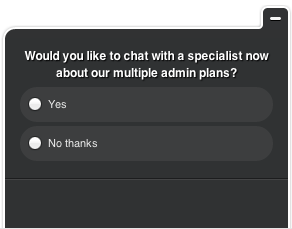One bad experience and most customers are gone. Not annoyed. Not “thinking about it.” Gone. The real danger isn’t silence; it’s poor customer feedback management. Feedback is everywhere — surveys, chats, reviews, social, even Reddit rants — but most of it never turns into action.
That’s where companies lose. They drown in data, send surveys no one answers, and argue in meetings instead of fixing what matters.
The truth? Growth doesn’t come from asking more questions. It comes from asking the right ones at the right time — then acting fast. That insight is worth more than a hundred generic surveys.
This guide is about making feedback your growth engine: clear steps, smart tools, and real examples you can use to cut churn, win loyalty, and drive revenue.
Here’s what we’ll cover in this guide:
- What managing customer feedback really means in 2025 (it’s more than surveys).
- Why most companies fail at it — and how to avoid the traps.
- A practical framework to collect, analyze, and act on feedback without drowning in data.
- Advanced capabilities you’ll need if you want to stay ahead
Let’s get into it.
What Is Customer Feedback Management in 2025?
Customer feedback management isn’t about sending surveys and hoping someone bites. I’ve seen too many teams waste time on that treadmill. In 2025, it’s about building a system that turns raw opinions into business outcomes you can measure.
Here’s how I break it down:
- Collect feedback wherever your customers are already talking.
- Filter the noise so you’re not chasing every random comment.
- Prioritize the insights tied directly to churn, retention, or revenue.
- Act fast enough that customers feel the change.
That’s the playbook. Simple, but not easy.
The best companies treat feedback like an always-on growth engine. It feeds product, marketing, and customer success with insights that actually move the numbers.
And let’s be real: customers don’t want to answer long surveys anymore. They’ll give you 10 seconds, maybe 15, if you ask the right question at the right moment. That’s why I lean toward lightweight nudges — a quick exit survey, a one-question checkout poll, or an in-app micro-survey. In fact, here is a template for you to use:
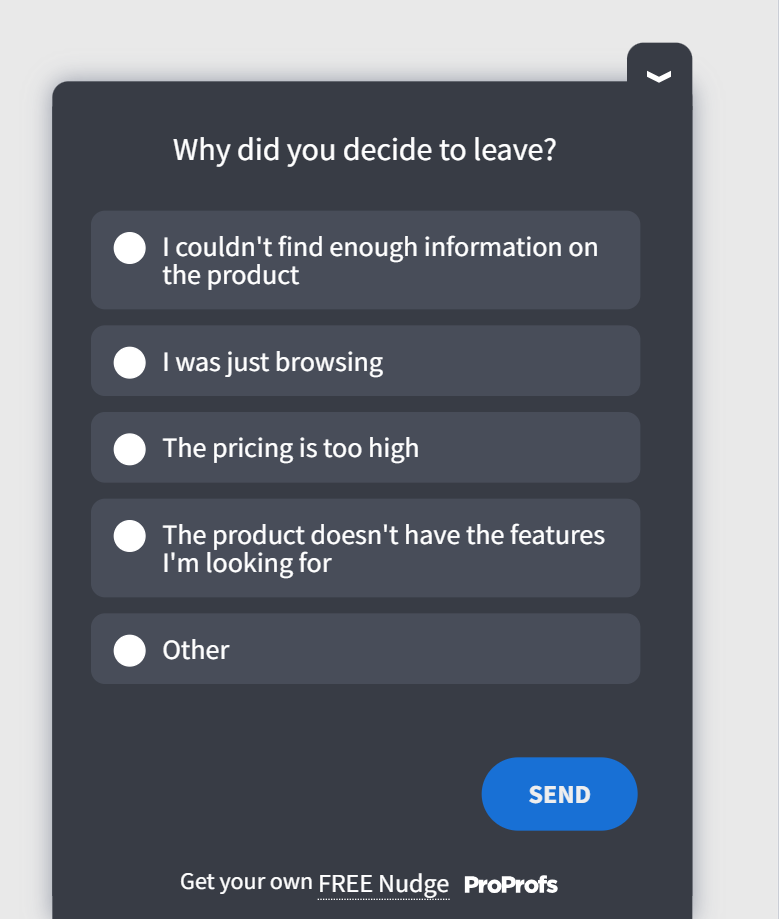
So, in 2025, customer feedback management isn’t about “listening politely.” It’s about building a machine that captures truth at scale — and acting on it before your competitors do.
Still unsure about what customer feedback really entails? Here’s a quick video to guide you through:
Why Businesses Fail at Feedback Management
Most companies don’t fail because of a lack of feedback. They fail because they don’t know what to do with it. The signs are easy to spot:
- Feedback fatigue: Customers get tired of being asked the same long, irrelevant questions. Response rates drop, and the people who do answer aren’t representative.
- Analysis paralysis: Teams drown in spreadsheets and dashboards, debating metrics instead of making decisions. By the time action is taken, the opportunity has already passed.
- Internal resistance: Product wants one thing, sales another, support a third. Feedback gets stuck in turf wars, and nothing changes for the customer.
- ROI blind spots: Leadership wants proof. “How does this survey tie to revenue?” If you can’t connect feedback to business outcomes, budgets get slashed and projects stall.
The result? Feedback becomes theater. Surveys go out, reports get filed, but customers never feel the impact. And when customers don’t see action, they stop giving feedback at all — closing the loop in the worst possible way.
Avoiding these traps isn’t about collecting more data. It’s about creating a system that filters the noise, prioritizes the signal, and makes it impossible for teams to ignore what matters most. The next section will show how to build that system step by step.
How to Manage Customer Feedback to Make It Actually Work
Here’s the step-by-step playbook I’d use if I were setting up customer feedback management from scratch today. Follow this in order and you’ll avoid the usual traps.
Step 1: Collect Feedback Where It Matters
Don’t throw surveys at everyone — that’s how you burn customers out. Instead, think in moments:
- At checkout, ask: “What stopped you from buying today?”
- After onboarding, ask: “What nearly stopped you from signing up?”
- After a support live chat, ask: “Did we solve your issue?”
Keep it short, relevant, and timely. Tools like Qualaroo make this easy because you can trigger one-question nudges in the exact customer journey — right when the feedback is fresh. Here’s a quick video to show you how:
Step 2: Filter the Noise
Not all feedback deserves your time. A one-off complaint about button color isn’t the same as 30 people saying checkout is broken. Use tagging or sentiment filters to organize feedback into themes like usability issues, pricing concerns, feature requests. This keeps you focused on real patterns, not distractions. Here’s a quick video for you to learn how to use advanced targeting:
Step 3: Prioritize Action
You’ll always have more feedback than resources. The trick is deciding what to fix first. Use a simple impact vs. effort matrix:
- High impact, low effort: do it immediately.
- High impact, high effort: plan and allocate resources.
- Low impact, low effort: nice-to-have, don’t obsess.
- Low impact, high effort: cut ruthlessly.
This keeps your team aligned and prevents analysis paralysis.
Step 4: Act & Close the Loop
Feedback without follow-up is worse than no feedback at all. Customers feel ignored. Once you act, let them know:
- Send a follow-up email: “You asked, we fixed it.”
- Publish a product update note.
- Even better, ask: “Did this solve your problem?”
Closing the loop builds trust and makes customers more likely to give feedback again.
Step 5: Measure the Impact
Don’t stop at implementation — measure whether the change worked. Did conversions lift? Did churn drop? Did NPS rise? This is how you prove ROI to leadership and secure budget for scaling. With tools like Qualaroo, you can easily measure the scores and analyze customer sentiments.
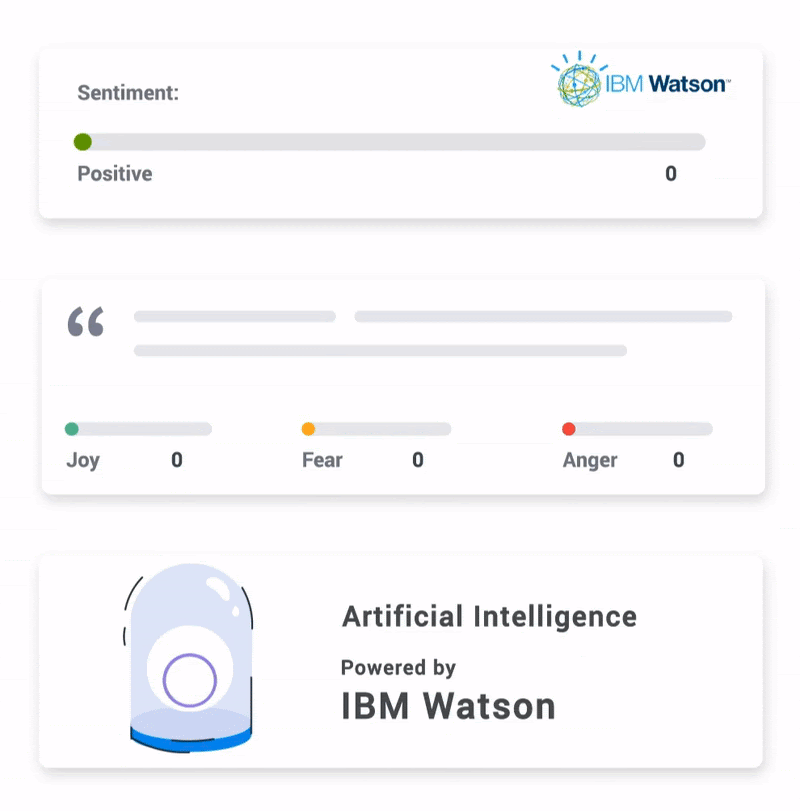
Run this playbook in cycles. Collect, filter, prioritize, act, measure. Repeat. Over time, this becomes less of a “survey project” and more of a feedback engine that drives retention and revenue.
Best Practices for Customer Feedback Management in 2025
If you want your feedback system to drive growth (not just reports), here’s exactly what to do:
1. Define the Outcome Before Asking Questions
Decide the business problem you’re solving — churn, onboarding, pricing, or feature adoption. Then write questions tied only to that goal.
Action: Pick one KPI (e.g., churn rate) and draft 3 survey questions tied to it.
2. Map Your Feedback Loop Across Channels
Don’t rely on one channel. Customers jump between your app, site, email, and social. You need touchpoints at every stage.
Action: Place one survey in each phase of your funnel (onboarding, checkout, post-support, renewal).
3. Keep Surveys Micro & Contextual
Short beats long. A single well-timed question is more powerful than a 20-question form.
Action: Replace your longest survey with a 1–2 question nudge triggered by user behavior (exit intent, completed order, etc.).
4. Categorize Feedback as It Comes in
Raw responses are useless unless organized. Themes give you clarity.
Action: Tag all feedback into at least 4 buckets — product issues, pricing, support, feature requests — and review weekly.
5. Push Insights Directly to the Right Team
Don’t hoard feedback in spreadsheets. Route it where action happens.
Action: Automate workflows: product sees feature requests, support gets detractor alerts, sales sees account sentiment.
6. Always Close the Loop
Customers need to know you acted on their input. Otherwise, they stop sharing.
Action: Send one “You asked, we fixed it” update this month — via email, changelog, or in-app message.
FREE. All Features. FOREVER!
Try our Forever FREE account with all premium features!
Actionable Tools & Templates
Talking about feedback is easy. Acting on it takes systems. Here are the tools and templates I recommend — use them straight away.
1. Implementation Checklist: Before launching a single survey, make sure you’ve covered the essentials:
- Defined your objective (churn, onboarding, conversions, etc.)
- Mapped feedback channels across the customer journey
- Set triggers for in-the-moment surveys (exit intent, post-support, post-onboarding)
You can use these pre-designed professional templates:
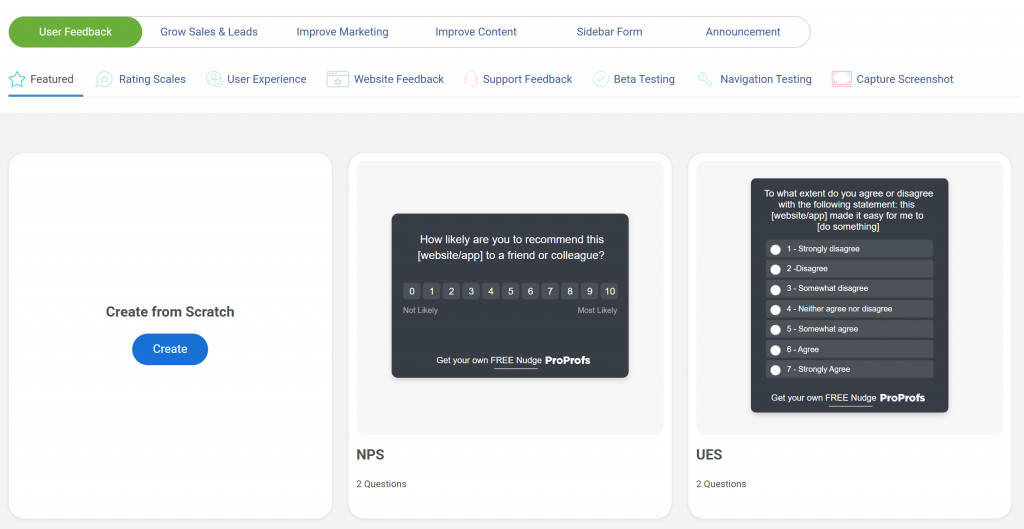
- Connected surveys to your CRM/support stack
- Assigned owners for each type of feedback (product, CX, sales)
2. Prioritization Matrix: You’ll never fix everything at once. Here’s how to rank feedback:
- High impact + Low effort = quick wins, do immediately.
- High impact + High effort = plan and resource strategically.
- Low impact + Low effort = backlog for later.
- Low impact + High effort = cut ruthlessly.
3. Feedback Budget Template: Don’t underestimate costs. Here’s a simple breakdown:
- Tools: surveys, analytics, integrations (Qualaroo + ProProfs bundle keeps this lean).
- People: time spent tagging, analyzing, acting on feedback.
- Compliance: GDPR/HIPAA safeguards if you’re in regulated industries.
- Follow-up: emails, updates, or design tweaks needed to close the loop.
Even a small budget needs to account for all four.
4. ROI Measurement Framework: If you can’t prove ROI, feedback stays a “nice-to-have.” Track:
- Churn reduction: % drop in cancellations after acting on feedback.
- Conversion lift: improvements on pages where you applied insights.
- Support efficiency: fewer tickets on issues you fixed.
- NPS/CSAT trends: loyalty and satisfaction shifts.
Here’s a video for you to create a CSAT survey:
Tie every survey initiative to one of these. If it doesn’t move a number, it’s noise.
The Role of Smart Tools in Customer Feedback Management
When I first tried to set up a feedback loop, I did what most people do — sent out long, generic surveys. Hardly anyone answered, and the few responses I got were too vague to act on. That’s when I learned the hard truth: feedback isn’t about asking more questions. It’s about asking the right question at the right time.
When I first switched to Qualaroo, the difference was immediate. Instead of sending long surveys that no one cared to finish, I dropped in a simple exit-intent nudge on our checkout page. Within a week, I knew exactly why customers were abandoning their carts. Then I used ProProfs Survey Maker to make it a regular thing.
Here’s how I used these tools, and how you should too:
1. Capture Real-Time Insights With Qualaroo
- Add exit-intent nudges on checkout or pricing pages to uncover why deals slip.
- Launch in-app micro-surveys right after onboarding to catch friction points while the experience is fresh.
- Target specific customer groups (first-time visitors, power users, enterprise clients) so responses are relevant.
- Use AI sentiment analysis to cut through open-text responses and surface patterns fast.
You can watch this video to learn more about how to create in-context surveys:
2. Track Structured Trends With ProProfs Survey Maker
Run quarterly NPS surveys to measure loyalty and identify promoters vs. detractors. You can try out this free template for kickstarting your feedback process:
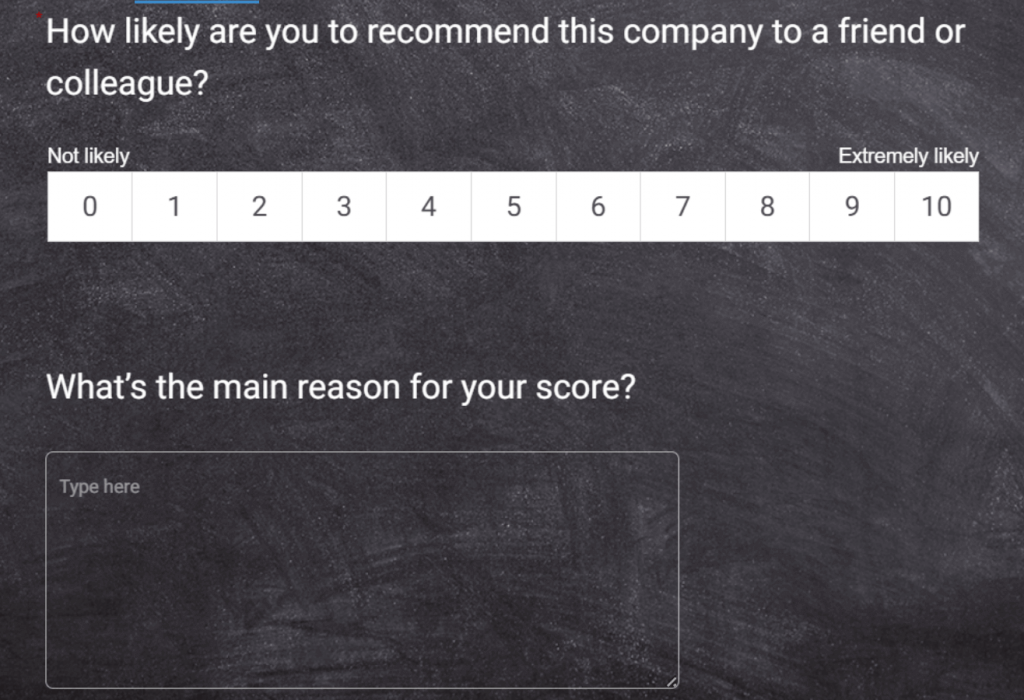
- Send CSAT surveys after support tickets close to gauge satisfaction with service. Here is one free template for you:
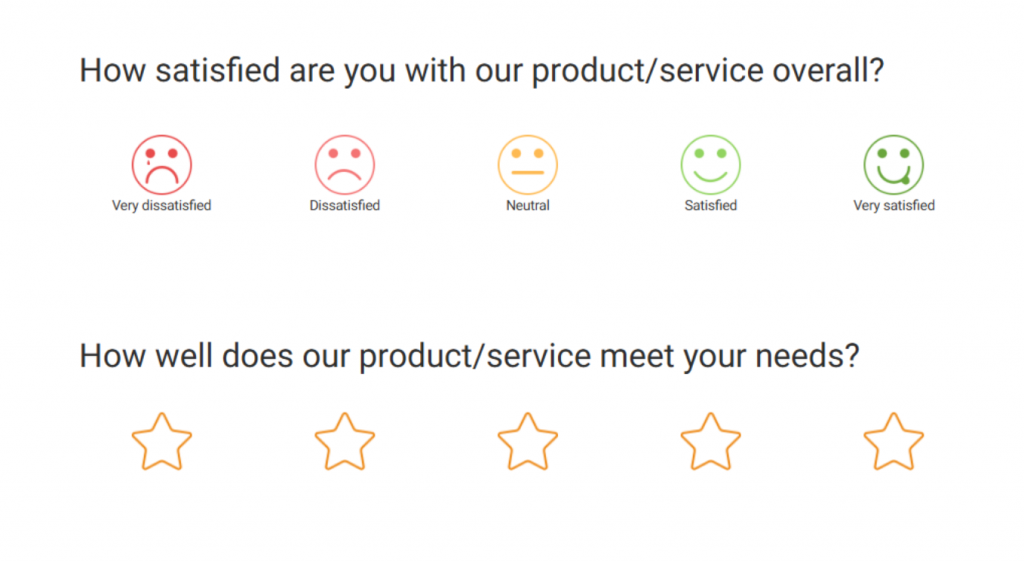
- Use CES surveys to learn how easy (or painful) it is to use your product.
- Leverage built-in templates and dashboards to keep reporting consistent and leadership-friendly.
Here’s a quick video on how to create a survey using Survey Maker:
3. Close the Loop With Automation
- Pipe Qualaroo responses into Slack or Zendesk so your team acts on feedback in real time.
- Push ProProfs data into Salesforce or HubSpot so account health is visible to sales and success.
- Always follow up: a quick “You asked, we fixed it” note shows customers you acted, and earns you more honest feedback down the line.
Beyond Surveys: The Must-Have Capabilities for 2025
Surveys alone won’t cut it anymore. Customers expect smarter, faster, and more relevant ways to share feedback — and they notice when you don’t deliver. If you’re building or upgrading your feedback system in 2025, these are the features people are actively looking for:
| Feature | Why It Matters in 2025 | How to Put It to Work |
|---|---|---|
| AI-Powered Insights | Cuts through thousands of comments to surface themes and sentiment instantly. | Use AI taggi ng to group feedback into buckets like pricing, usability, feature requests. |
| Multi-Channel Collection | Customers won’t always open email; feedback must meet them everywhere. | Add surveys to in-app flows, SMS, websites, and third-party review sites. |
| Contextual, Triggered Surveys | Higher response rates when feedback is tied to real customer actions. | Trigger an exit survey at checkout or a quick poll after onboarding. |
| Seamless Integrations | Feedback has no value if it sits in silos. | Push insights into Salesforce, Zendesk, Asana, or your CRM automatically. |
| Automated Workflows | Prevents insights from sitting idle in inboxes. | Set alerts for detractors and auto-assign tasks to the right teams. |
| Multilingual Support | Essential for global audiences; boosts trust and response rates. | Translate core survey questions into the top three languages you serve. |
| Customizable Design | Builds trust by making surveys feel part of the brand experience. | Match fonts, colors, and design to your product or site. |
| Historical Data Import | Ensures continuity when switching tools; no metrics lost. | Import past NPS/CSAT data to track trends over time. |
| Role-Based Dashboards | Different teams need different views to act effectively. | Build dashboards for leadership (ROI), product (feature requests), support (issue trends). |
| Closed-Loop Communication | Customers want to know their voice led to change. | Follow up with “You asked, we fixed it” updates via email or in-app. |
| Advanced Targeting | Feedback is most valuable when hyper-relevant. | Trigger surveys by behavior, role, or time spent on page. |
| Compliance & Security | Privacy is non-negotiable in regulated industries. | Ensure GDPR/HIPAA compliance and transparent consent collection. |
Success Stories: How Leading Brands Leverage Customer Feedback Management
It’s one thing to talk about frameworks and tools. It’s another to see how real companies put them to work. The following examples show how brands in very different industries — from auto repair to classifieds to SaaS — used feedback at critical moments to fix hidden friction, simplify complex journeys, and unlock conversions.
1. Belron: Fixing the Hidden Friction

Belron (Safelite® in the US, Autoglass® in the UK) discovered visitors were bouncing even though they clearly needed a windshield replacement. By using Qualaroo’s exit-intent surveys and sentiment analysis, they uncovered pain points mid-journey that customers forgot to mention later.
The insight? Different segments followed different journeys. Adjusting the customer feedback management process reduced bounce and lifted conversions.
Lesson: In-the-moment feedback reveals hidden issues customers won’t remember later.
2. Gumtree: Making Complex Journeys Simple

As one of the UK’s biggest classifieds, Gumtree serves buyers, sellers, renters, and job seekers. Broad surveys were too noisy. With Qualaroo’s targeting and segmentation, they asked the right users at the right time, then pushed the results into Tableau for instant insights. This kept their product agile and customer-centric.
Lesson: Smart segmentation turns messy feedback into clear signals for action.
3. Hootsuite: Redesigning for Conversions

Hootsuite assumed branded search visitors already understood their product — but bounce rates told a different story. A Qualaroo on-site survey proved visitors needed more clarity before converting. Using those responses, Hootsuite redesigned its landing page, clarified the value proposition, and saw a 16% conversion lift at 98% significance.
Lesson: Simple survey questions can expose flawed assumptions and unlock conversion growth.
FREE. All Features. FOREVER!
Try our Forever FREE account with all premium features!
From Opinions to Outcomes: Your Next Step
User feedback management in 2025 isn’t about collecting more data — it’s about acting faster on the right insights. The companies that win are the ones that capture feedback in the moment, filter the noise, and close the loop before customers walk away.
That’s why I lean on tools like Qualaroo for real-time context and ProProfs Survey Maker for structured tracking. Together, they turn scattered opinions into clear decisions.
Start simple, and launch one smart, well-timed survey this week. You’ll be surprised how quickly the right feedback can change the numbers that matter.
Frequently Asked Questions
How to manage client feedback?
Centralize all client input, categorize it (support, product, pricing), and assign owners. Use contextual surveys for quick insights and structured surveys for long-term tracking. Always close the loop with follow-ups.
How do you avoid survey fatigue with customers?
Keep surveys short, contextual, and timed to real actions (checkout, onboarding, post-support). Use one or two questions instead of long forms, and only ask when you can act on the results.
What metrics should I track for feedback management?
The core metrics are NPS (loyalty), CSAT (satisfaction), CES (ease of use), churn rate, and conversion lifts tied to changes made from feedback. Track ROI with before-and-after numbers.
How do I prove ROI from customer feedback?
Connect feedback to outcomes. Did churn drop? Did conversions lift? Did support tickets fall? When feedback leads to measurable improvements, it’s easy to show ROI and justify investment.
FREE. All Features. FOREVER!
Try our Forever FREE account with all premium features!

 We'd love your feedback!
We'd love your feedback! Thanks for your feedback!
Thanks for your feedback!



